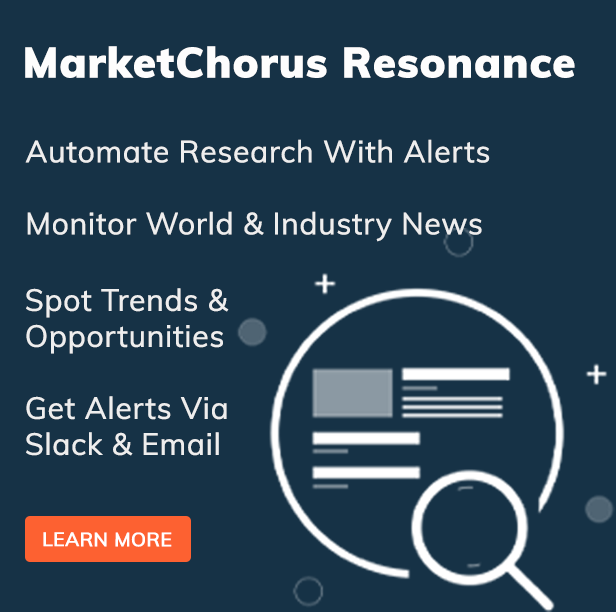Facebook ad costs have always steadily risen year over year, that’s nothing new. However, these last two presidential elections have set records for political ad spending; and that drives up everyone’s advertising costs during election season.
In this article I’ll demonstrate how Facebook ad costs increase during the Presidential election season, how that impacts the average advertiser, and what you can do to counter these rising costs.
Ad Auctions: A Rising Tide Lifts All Boats
I’m sure we’re all tired of hearing about the election, and most especially of seeing ads for the candidates on Facebook. That’s because US voters represent over three quarters of a billion dollars in potential revenue for the social media platform this year alone.
In 2016, Donald Trump and Hillary Clinton spent a combined $81 million on Facebook advertising (Source: Vox). In total, the 2016 election generated an estimated $440 million dollars in revenue, a majority (59.4%) of which was spent on Facebook.

Projections for the 2020 election season place total advertising revenues in excess of $1.3 billion –with a big ol’ B– dollars, a 203% increase. Facebook’s nearly 60% slice of that massive pie works out to $780 million in revenue. (Source: CoyWolf)
Goodness.
Since Facebook’s advertising platform is auction-based, the costs of advertising increase with demand and competition which drives up fees for other advertisers. Nearly everyone is a potential voter, so the election season gets expensive for Facebook advertisers.
Quoting RevealBot.com’s analysis of Facebook ad fees in September and October of 2020:
“For two months in a row, we saw CPM significantly increase again. In September, CPM rose by 10% to $12.59, another record high for 2020…In addition to CPM, CPC also rose in September by 8% to $1.114.”
(Source: RevealBot)
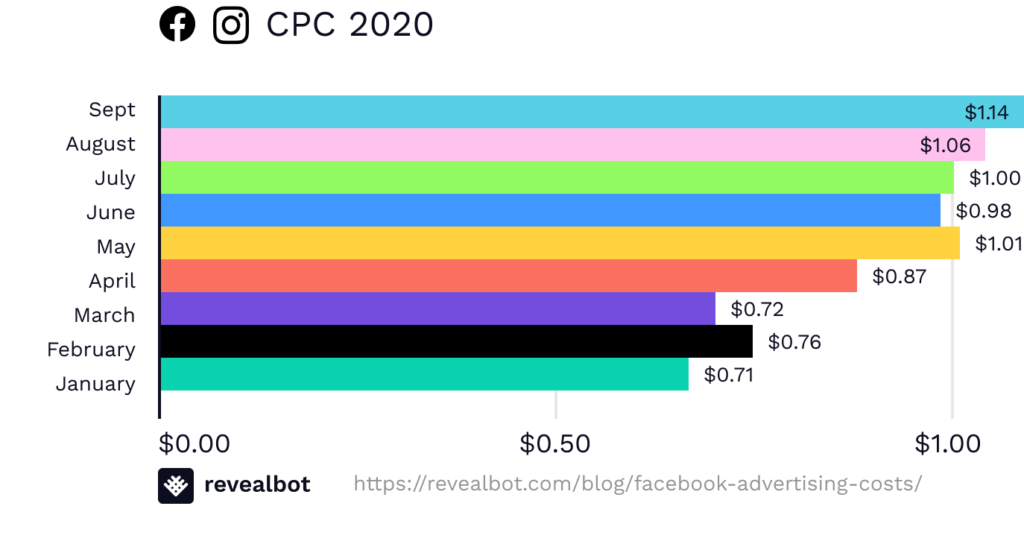
The steady rise of Facebook advertising costs due to the 2020 election has unavoidable downstream effects.
Political ads create a lot of noise and it can be difficult to have your message heard over the fracas. Increased costs drain budgets faster and with less impact; taking the wind out of the sails of smaller advertisers.
Since the majority of Facebook users in the US are legal, voting age citizens, there’s no way to avoid competing with political advertisers.
However, you can cut costs by switching from using third party data to using first party data, such as your CRM or retargeting audiences.

First Party Data: Bring Your Own Data To The Party
The world of social advertising has changed a lot in the past few years. Ever since Zuckerberg had to spend time answering questions before Congress (and the subsequent Cambridge Analytica fiasco), the fidelity of Facebook’s targeting data has been in rapid decline.
All the while Facebook ad costs have steadily risen. Data from AdStage, compiled from “800 million ad impressions and nearly 10 million clicks analyzed in Q2 2019”, shows a more than 46% increase between September 2019 and September 2020.
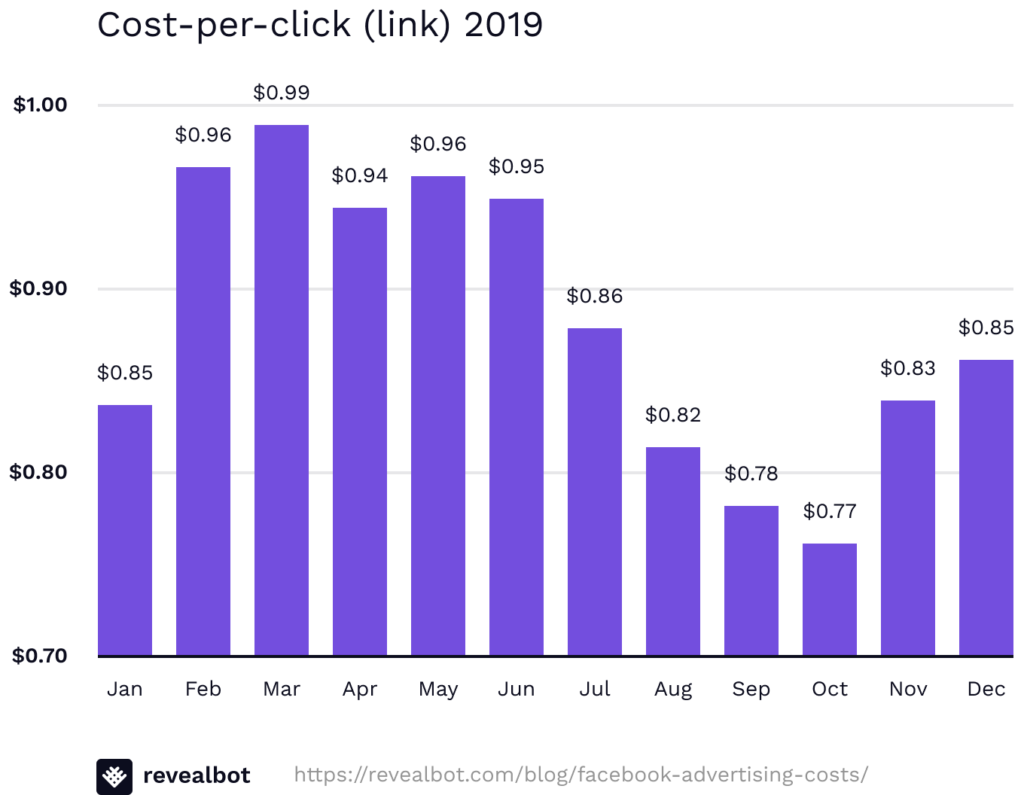
Less than a dollar per click on average throughout 2019, and only $0.78 per click in September, compared to $1.14 per click in September of 2020…
This is a deadly combination for advertisers reliant on Facebook for lead generation (most of us). The writing is on the wall. The era of easy button Facebook advertising is over -and the era of first party data is upon us.
When you use Facebook’s data, your costs will vary based on the competition over criteria like age, net worth, interest in computer gadgets, and so on.
In contrast, by leveraging data from your CRM or retargeting visitors to your website –both examples of first party data– you broaden your reach to individuals which have missed by competing campaigns.
Relying on third party data sources, like Facebook, for ad targeting data is a risky proposition at the best of times. During this election season, you’re virtually guaranteed to pay more for fewer eyeballs than any other time this year.
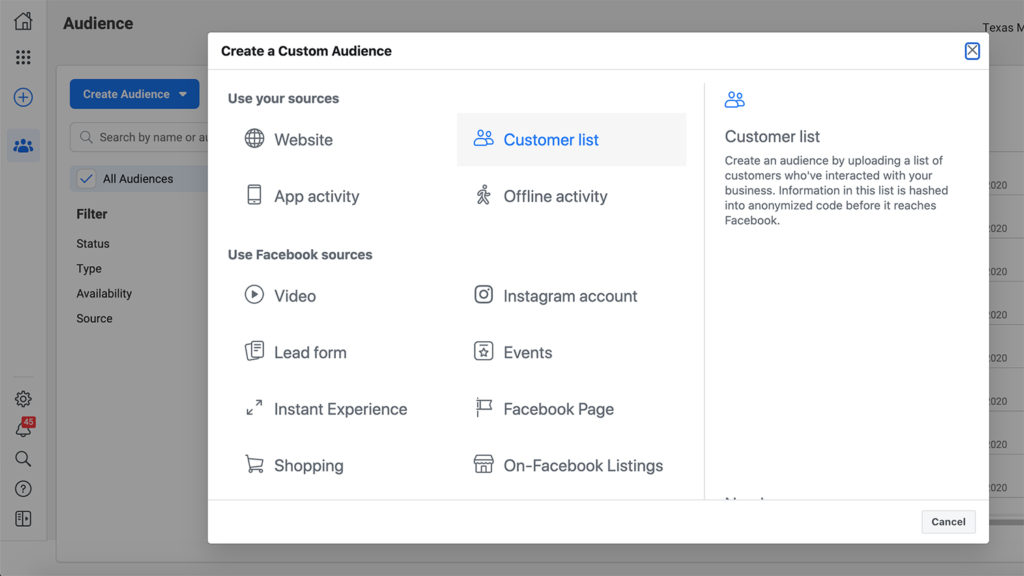
Implementation: Creating Facebook Custom Audiences
Uploading lists from your CRM and creating retargeting audiences in Facebook Ad Manager is easy to do. You will, of course, need access to the Facebook Ad Account and associated Facebook page.
Assuming you have access, all you need to do is load Ad Manager and navigate to Audiences. Then click Create Audience and select Custom Audience from the dropdown.
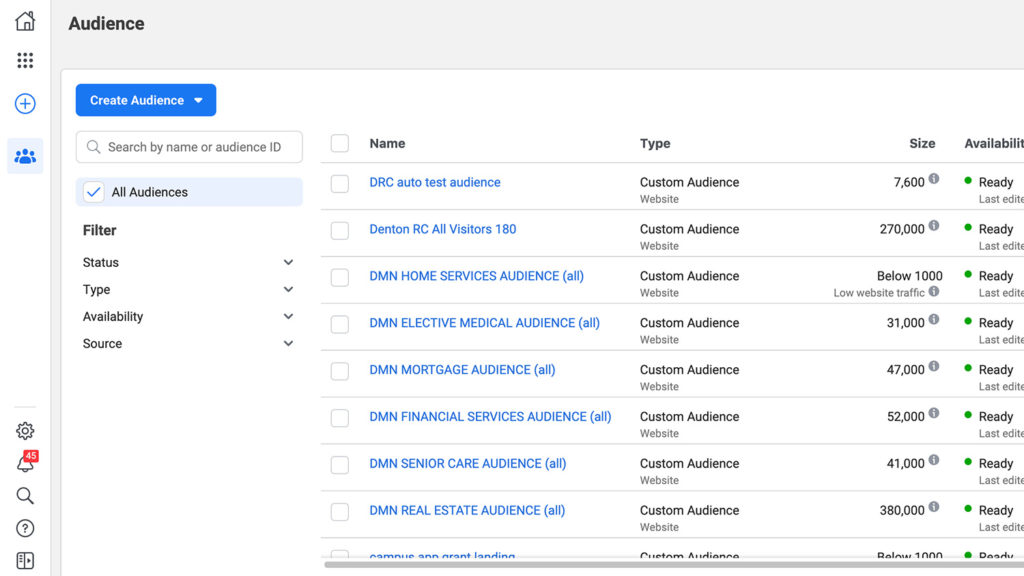
On the following screen, you’ll see a variety of options for building a custom audience, including the two that I mentioned “Website” (for retargeting) and “Customer List” (for CRM data).
Follow the prompts for each to add segments from your CRM. Examples of segments might include prospects, leads, active opportunities, and previous customers.
Or you can create retargeting audiences from key sections of your website (landing pages, product pages, etc.).
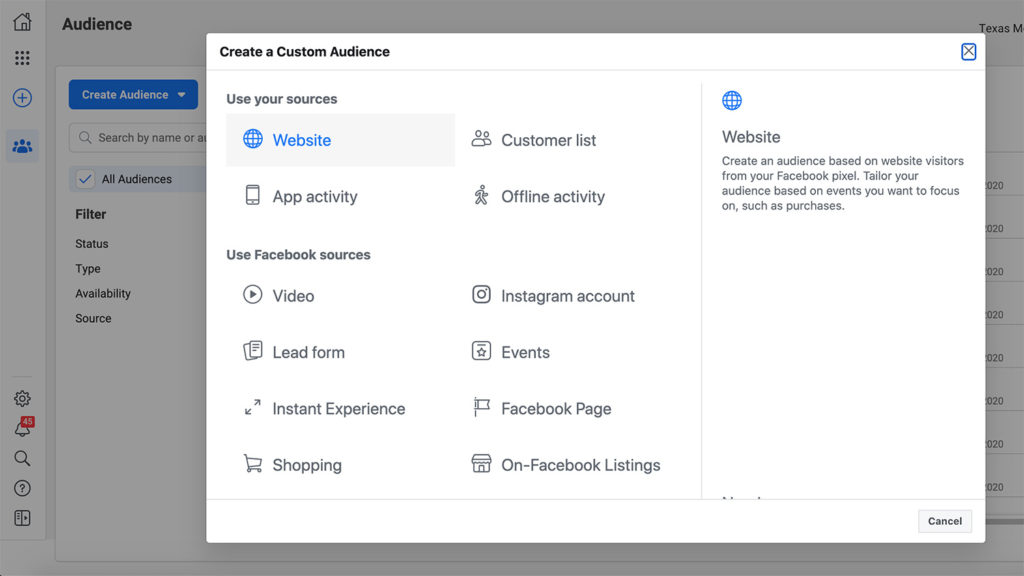
When uploading a list exported from your CRM (as a .CSV file) you’ll need to match the format Facebook expects in the spreadsheet you’re importing. Instructions, and a sample import template, for this is provided during the import process.
Retargeting campaigns are configured around conversion events, such as when someone lands on a “thank you page” after filling out a form, or visiting certain pages, or the website in general.
You can be very broad when defining retargeting audiences (i.e. all website visitors) or very specific (i.e. people who visit a specific landing page and don’t submit the form).

Your specific implementation will, of course, depend on the circumstances and goals of the campaign at hand. However, the general idea is to stay top of mind with the people who’ve heard of your business and may even be evaluating a purchasing decision.
Building ad campaigns targeting these segments is straightforward.
Select your custom audience in the targeting section of the campaign set up, rather than targeting by interest or demographics. Then watch the cost of your campaign drop as a result.
Quick and easy!

Tips On Advertising To Facebook Custom Audiences
There are many ways to get a list of email addresses into your CRM, from organic lead generation efforts to purchased lists and everything in between.
In the case of retargeting, there are fewer ways to build audiences, but the method is no less powerful -and you still have some interesting options.
Retarget website visitors, obviously, but also consider retargeting people who’ve watched videos you’ve posted or who’ve previously engaged with your other Facebook ads.
Strategize your message and what you’re offering to the specific needs of the segments you’re targeting. Filter your list to extremely specific niches and personalize your offer to increase its effectiveness (conversion rate).
For example, target people who’ve visited a particular product page on your website with more information about that product, or alternative similar offerings, to re-engage them with relevant information.
Another example might be leveraging a competitive edge to conquest your competitors’ customers. Acquire a list of their emails, upload it to Facebook as a custom audience, and then make them an offer they can’t refuse (keep in mind that the match rate is around 50% for uploaded lists).
Tailoring your offers to specific segments to compel them to take specific actions is a decidedly lower-funnel activity. This is not something you can effectively do with prospects that have no awareness of your brand.
During this election season, you have the opportunity to focus on lower funnel prospects, to close the gap and close the deal with leads that already know your brand.
Take the opportunity to capture this low-hanging fruit while the costs of broad reach campaigns skyrockets with competition from political advertisers. Then reactivate your top of funnel campaigns after the election and holiday season dies down for the year.
For more ways to build custom audiences from first party data, learn about MarketChorus’ unique contextual retargeting solutions. Segment visitors based on the content they read and target social media users based on the content they share, while avoiding costly high-competition, interest-based ad targeting fees.
Schedule a call with our team to find out more about this exciting technology and how it can support your advertising efforts.


